Quinaldine
Synonym(s):2-Methylquinoline;Quinaldine
- CAS NO.:91-63-4
- Empirical Formula: C10H9N
- Molecular Weight: 143.19
- MDL number: MFCD00006756
- EINECS: 202-085-1
- SAFETY DATA SHEET (SDS)
- Update Date: 2025-01-27 09:38:02

What is Quinaldine?
Chemical properties
Quinaldine or 2-methylquinoline is an organic compound with the formula CH3C9H6N. It is one of the methyl derivative of a heterocyclic compound quinoline. It is bioactive and is used in the preparation of various dyes. It is a colorless oil but commercial samples can appear colored.
The Uses of Quinaldine
Quinaldine is an anaesthetic used in fish transportation. Also used in anti-malaria drugs, in manufacturing dyes, food colorants , pharmaceuticals and pH indicators.
The Uses of Quinaldine
It is an anaesthetic used in fish transportation. Used in preparation of oil-soluble dyes. Also used in anti-malaria drugs, in manufacturing dyes, food colorants , pharmaceuticals and pH indicators.
What are the applications of Application
Quinaldine is a useful ingredient in anti-malaria drugs, in manufacturing dyes, food colorants , pharmaceuticals and pH indicators
Definition
ChEBI: A quinoline compound in which the quinoline skeleton is substituted at C-2 with a methyl group.
Production Methods
High-temperature coal tar contains an average of 0.2% quinaldine. It is recovered from the quinoline base mixture by rectification and hydration. Quinaldine can be synthesized by the Skraup method from aniline and crotonaldehyde with sulfuric acid in the presence of a dehydrogenating agent.
Synthesis Reference(s)
Journal of Heterocyclic Chemistry, 13, p. 1279, 1976 DOI: 10.1002/jhet.5570130626
The Journal of Organic Chemistry, 52, p. 3847, 1987 DOI: 10.1021/jo00226a023
Synthesis, p. 324, 1996 DOI: 10.1055/s-1996-4221
General Description
A colorless oily liquid darkening to red-brown on exposure to air. Flash point 175°F. Denser than water and slightly soluble in water. Vapors heavier than air. Produces toxic oxides of nitrogen during combustion. Used to make dyes, pharmaceuticals and other chemicals.
Air & Water Reactions
Slightly soluble in water.
Reactivity Profile
Quinaldine neutralizes acids in exothermic reactions to form salts plus water. May be incompatible with isocyanates, halogenated organics, peroxides, phenols (acidic), epoxides, anhydrides, and acid halides. Flammable gaseous hydrogen may be generated in combination with strong reducing agents, such as hydrides. Keep tightly closed and protected from light .
Hazard
Strong irritant to mucous membranes.
Fire Hazard
Quinaldine is probably combustible.
Purification Methods
Dry it with Na2SO4 or by refluxing with BaO, then fractionally distil it under reduced pressure and redistil it from zinc dust. Purify it further by conversion to its phosphate (m 220o) or picrate (m 192o) from which after recrystallisation, the free base is regenerated. [Packer et al. J Am Chem Soc 80 905 1958.] Its ZnCl2 complex can be used for the same purpose. [Beilstein 20 III/IV 3454, 20 V 375.]
Properties of Quinaldine
| Melting point: | -2 °C |
| Boiling point: | 248 °C |
| Density | 1.058 g/mL at 25 °C(lit.) |
| vapor pressure | <0.1 hPa (20 °C) |
| refractive index | n |
| Flash point: | 175 °F |
| storage temp. | Store below +30°C. |
| solubility | chloroform: soluble(lit.) |
| form | Crystalline Powder |
| pka | 5.83(at 20℃) |
| color | White to slightly yellow |
| PH | 6.9 (H2O, 20℃)(saturated aqueous solution) |
| Water Solubility | PRACTICALLY INSOLUBLE |
| Sensitive | Light Sensitive |
| Merck | 14,8047 |
| BRN | 110309 |
| Stability: | Stable, but may be light sensitive. Combustible. Incompatible with strong oxidizing agents. |
| CAS DataBase Reference | 91-63-4(CAS DataBase Reference) |
| NIST Chemistry Reference | Quinoline, 2-methyl-(91-63-4) |
| EPA Substance Registry System | Quinaldine (91-63-4) |
Safety information for Quinaldine
| Signal word | Warning |
| Pictogram(s) |
 Exclamation Mark Irritant GHS07  Health Hazard GHS08 |
| GHS Hazard Statements |
H315:Skin corrosion/irritation H319:Serious eye damage/eye irritation H341:Germ cell mutagenicity H412:Hazardous to the aquatic environment, long-term hazard |
| Precautionary Statement Codes |
P273:Avoid release to the environment. P280:Wear protective gloves/protective clothing/eye protection/face protection. P301+P312:IF SWALLOWED: call a POISON CENTER or doctor/physician IF you feel unwell. P305+P351+P338:IF IN EYES: Rinse cautiously with water for several minutes. Remove contact lenses, if present and easy to do. Continuerinsing. P308+P313:IF exposed or concerned: Get medical advice/attention. |
Computed Descriptors for Quinaldine
Quinaldine manufacturer
New Products
3-Iodophenylacetic acid 3-Pyridineacetonitrile, α-hydroxy- 2-Propanamine, 1-chloro-, hydrochloride (9CI) 3-(hexyloxy)-4-(pyridin-3-yl)-1,2,5-thiadiazole 2-Hexyn-1-ol Dibenzo-18-crown-6 Nickel(II) perchlorate hexahydrate, 98% 4-Bromophenylacetonitrile, 95% 3-Bromo-4-fluoroaniline, 97% Sodium tetraborate decahydrate, 98% Palladium(II) acetate, trimer, Pd 99% 4-Bromo-2-chlorotoluene, 97% N N Dimethylformamide Dimethyl Acetal (Dmf Dma) 2,3-Dichloro Benzoyl Cyanide [Side Chain] Bis(2-Chloroethyl) Amine Hydrochloride L-Glutamic Acid Diethyl Ester Hydrochloride 5-(Difluoromethoxy)-2-Mercaptobenzimidazole 1-Ethyl-3-(3-Dimethylaminopropyl)-Carbodiimide Hydrochloride [EDC Hcl] 1,4-Napthoquinone Bromoiodomethane Sodium Bicarbonate Methylene Dichloride (MDC) Ethyl Acetate Indole-3-Carbinol (I3C)Related products of tetrahydrofuran

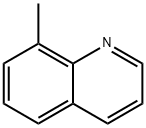
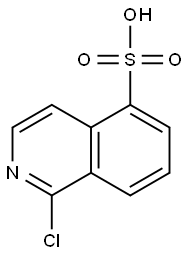

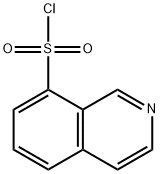
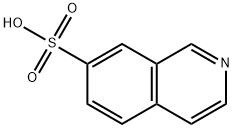
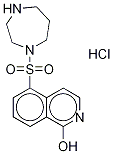
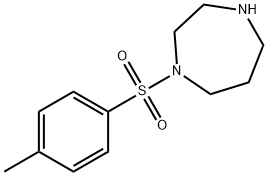
You may like
-
 91-63-4 2-Quinaldine 99%View Details
91-63-4 2-Quinaldine 99%View Details
91-63-4 -
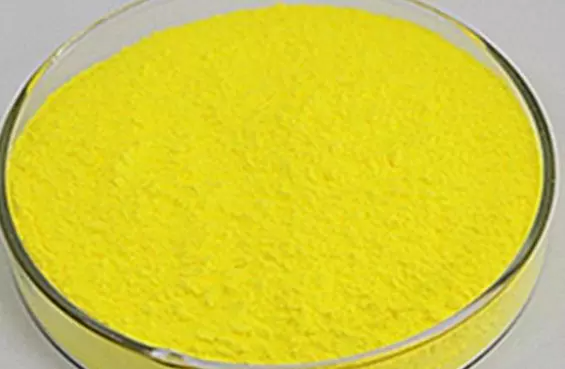 91-63-4 98%View Details
91-63-4 98%View Details
91-63-4 -
 Quinaldine CAS 91-63-4View Details
Quinaldine CAS 91-63-4View Details
91-63-4 -
 2-Methylquinoline CAS 91-63-4View Details
2-Methylquinoline CAS 91-63-4View Details
91-63-4 -
 QUINALDINE For Synthesis CAS 91-63-4View Details
QUINALDINE For Synthesis CAS 91-63-4View Details
91-63-4 -
 Quinaldine CAS 91-63-4View Details
Quinaldine CAS 91-63-4View Details
91-63-4 -
 Quinaldine CAS 91-63-4View Details
Quinaldine CAS 91-63-4View Details
91-63-4 -
 Quinaldine CAS 91-63-4View Details
Quinaldine CAS 91-63-4View Details
91-63-4
